While photographing flowers up close and personal over the past three years, I have noticed many similarities between different types of flowers. I guessed they were related but didn’t understand the connection. Now, thanks to master naturalist Mary Anne Borge I learned that they are all in the same family – the aster family.
New Grantham Garden Club member and knowledgeable plant person Marty Gearhart is a huge fan of Mary Anne Borge and invited me to listen to Mary Anne’s September 22nd presentation All About Asters. Mary Anne’s credentials include freelance writer, nature photographer, editor of NABA (North American Butterfly Association) magazine Butterfly Gardener, and author of The Natural Web blog www.the-natural-web.org. I learned so much from Mary Anne’s talk and want to share it with you.
Asters are composites made up of tons of disk flowers all crammed together in the center surrounded by ray flowers whose job it is generally to attract pollinators. The disk flowers usually start to bloom around the diameter and gradually bloom closer and closer to the center over a course of weeks. This gives the flowers more opportunities for pollination while giving the pollinators a consistent source of food. There are more than 23,000 types of asters. Instead of blooming only in the autumn as I once thought, there are asters blooming throughout the growing season.
Mary Anne cleared up another mystery for me. Last month, I watched in fascination as bees visited a patch of wood asters that consisted of what I now know were white ray flowers surrounding either yellow or pink disk flowers. The bees only visited the yellow disk flowers while ignoring the pink ones. Mary Anne explained that when wood aster disk flowers have been pollinated, they turn from yellow to pink. Bees are red-color blind and ignore the pollinated flowers making the job more efficient for the bees and protecting the developing fruit. The natural world never ceases to amaze.
Some asters have only disk flowers such as blazing star, joe-pye-weed, and New York iron weed. An example of an aster that has only ray flowers is the dandelion. All the flowers in this blog are pictures I took in Grantham Garden Club members’ gardens, and all are in the aster family.
If you would like to hear Mary Anne’s delightful talk and learn more cool facts about asters, go to https://www.youtube.com/watch?v=hO15gpY8O7M (Initially, There will be an ad, but you can skip quickly to get to All About Asters)
Thank you Mary Anne for sharing your wealth of information to our garden club in the Upper Valley of New Hampshire.
New Grantham Garden Club member and knowledgeable plant person Marty Gearhart is a huge fan of Mary Anne Borge and invited me to listen to Mary Anne’s September 22nd presentation All About Asters. Mary Anne’s credentials include freelance writer, nature photographer, editor of NABA (North American Butterfly Association) magazine Butterfly Gardener, and author of The Natural Web blog www.the-natural-web.org. I learned so much from Mary Anne’s talk and want to share it with you.
Asters are composites made up of tons of disk flowers all crammed together in the center surrounded by ray flowers whose job it is generally to attract pollinators. The disk flowers usually start to bloom around the diameter and gradually bloom closer and closer to the center over a course of weeks. This gives the flowers more opportunities for pollination while giving the pollinators a consistent source of food. There are more than 23,000 types of asters. Instead of blooming only in the autumn as I once thought, there are asters blooming throughout the growing season.
Mary Anne cleared up another mystery for me. Last month, I watched in fascination as bees visited a patch of wood asters that consisted of what I now know were white ray flowers surrounding either yellow or pink disk flowers. The bees only visited the yellow disk flowers while ignoring the pink ones. Mary Anne explained that when wood aster disk flowers have been pollinated, they turn from yellow to pink. Bees are red-color blind and ignore the pollinated flowers making the job more efficient for the bees and protecting the developing fruit. The natural world never ceases to amaze.
Some asters have only disk flowers such as blazing star, joe-pye-weed, and New York iron weed. An example of an aster that has only ray flowers is the dandelion. All the flowers in this blog are pictures I took in Grantham Garden Club members’ gardens, and all are in the aster family.
If you would like to hear Mary Anne’s delightful talk and learn more cool facts about asters, go to https://www.youtube.com/watch?v=hO15gpY8O7M (Initially, There will be an ad, but you can skip quickly to get to All About Asters)
Thank you Mary Anne for sharing your wealth of information to our garden club in the Upper Valley of New Hampshire.

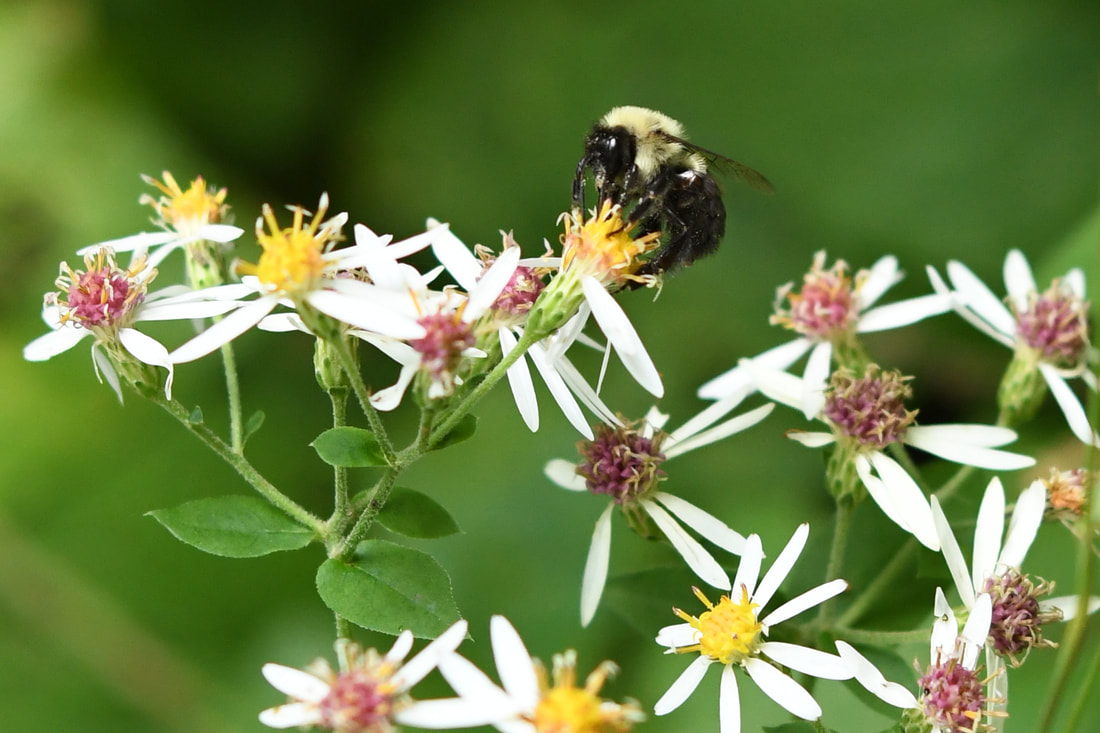
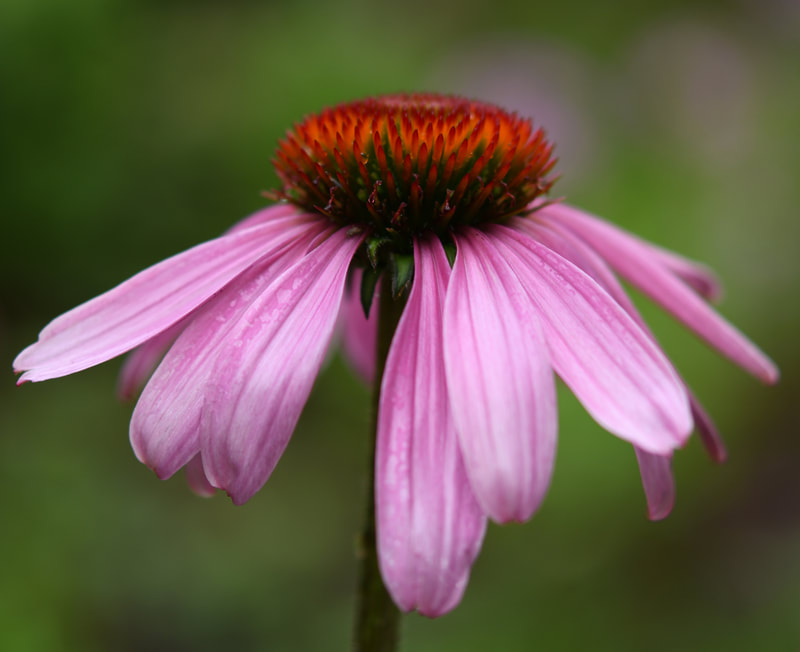
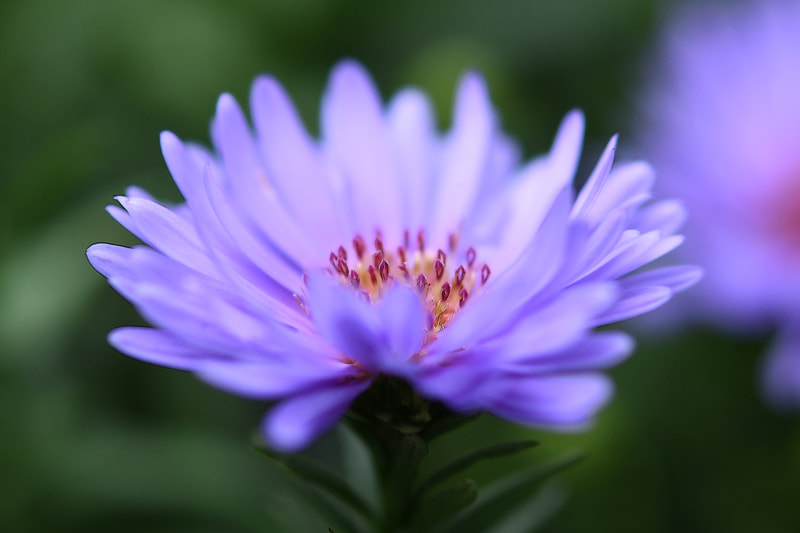
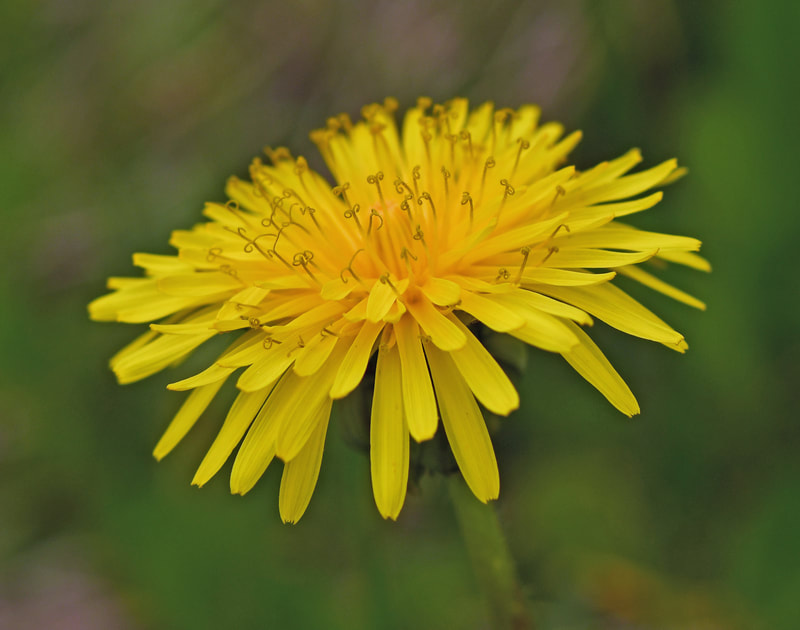
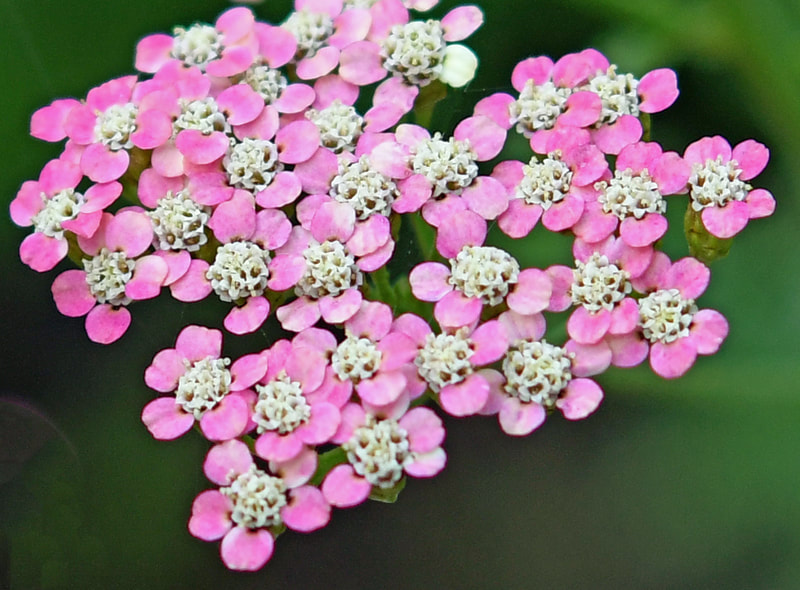
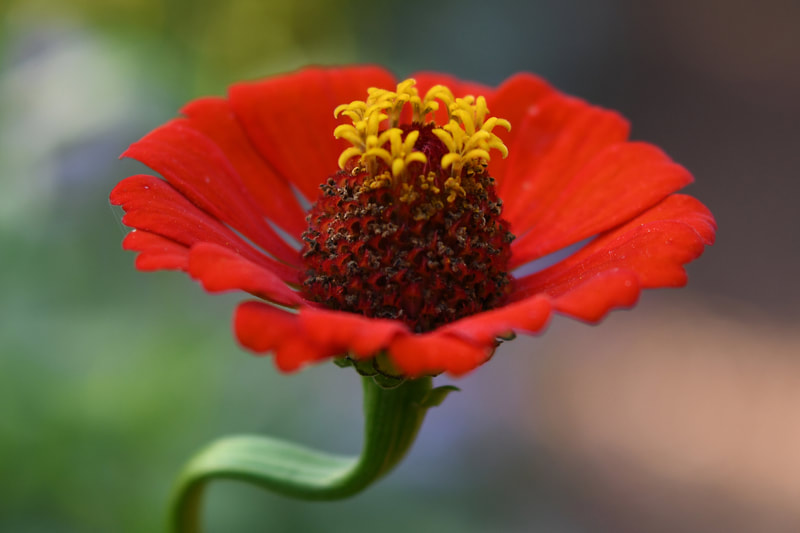
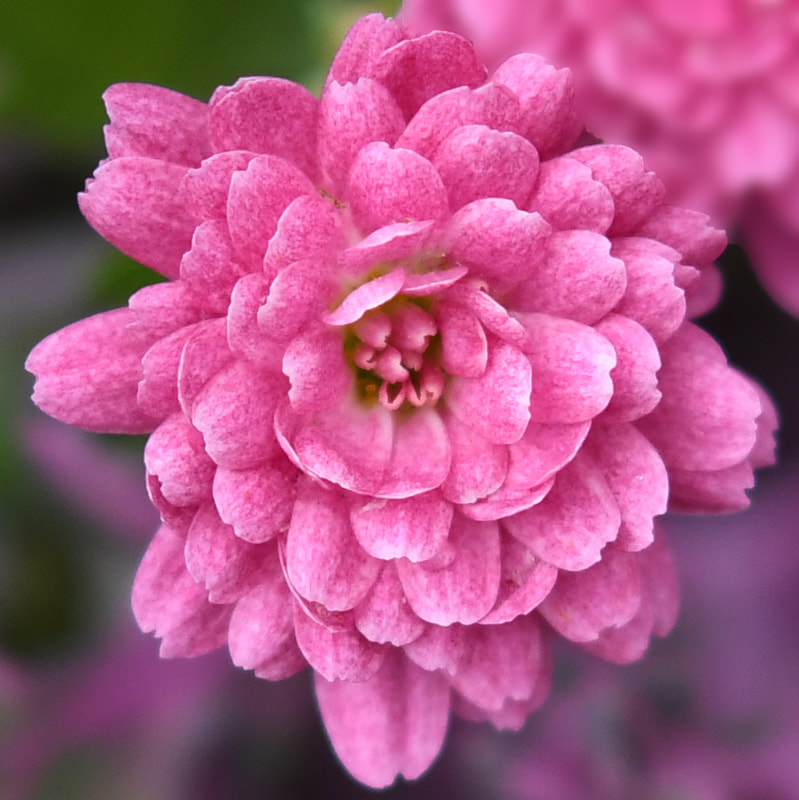
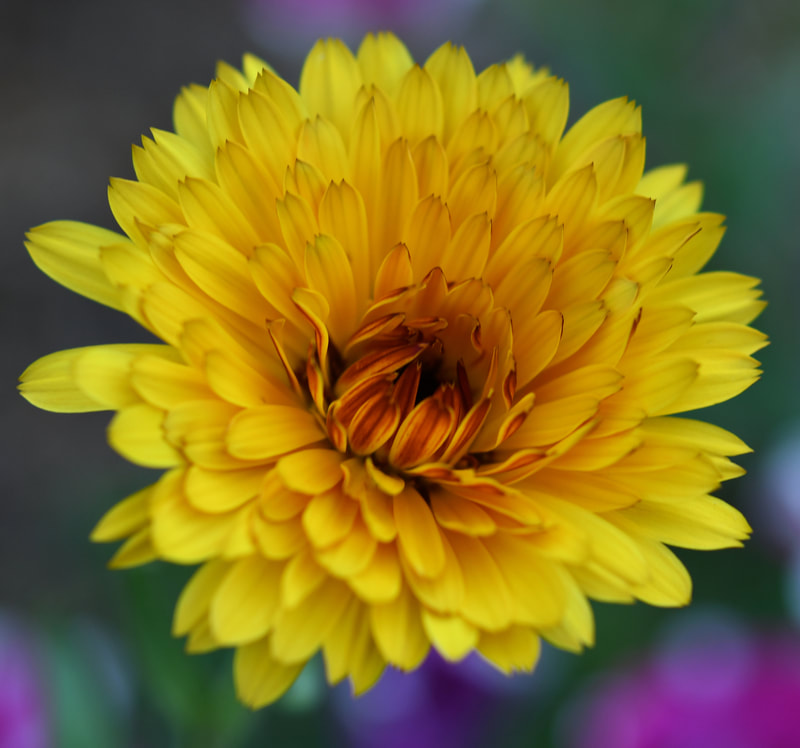
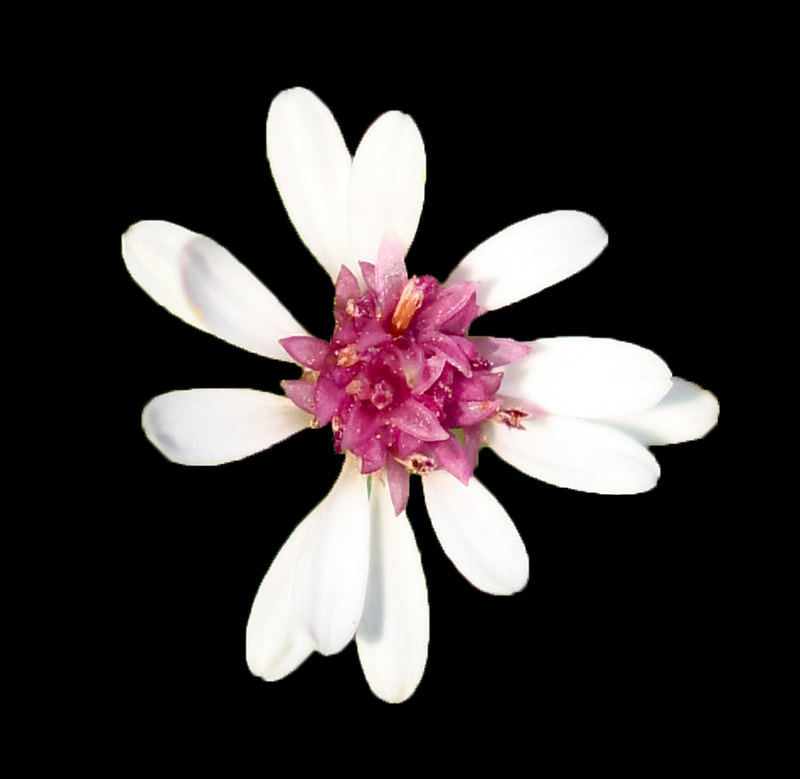
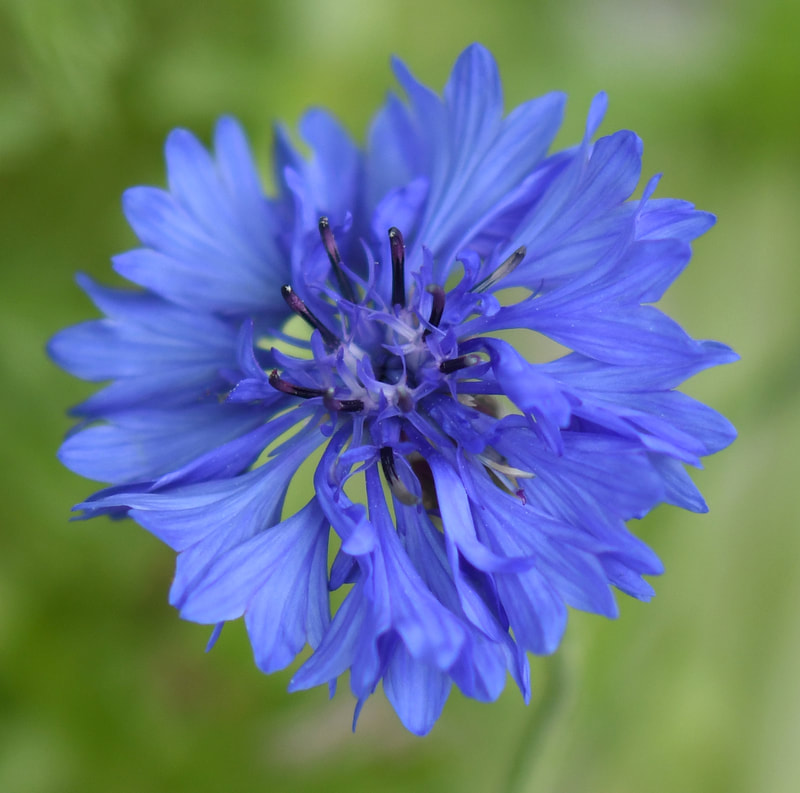
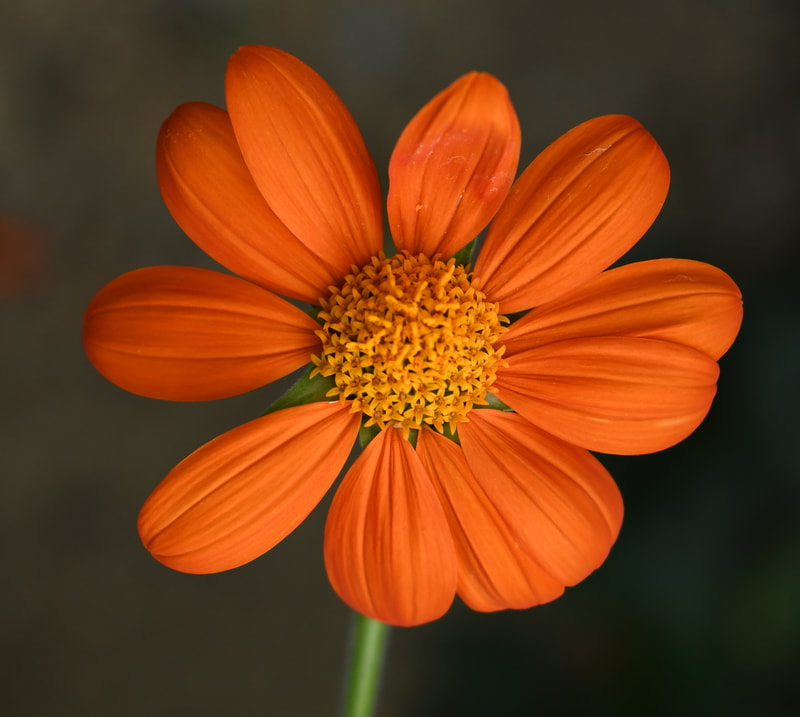
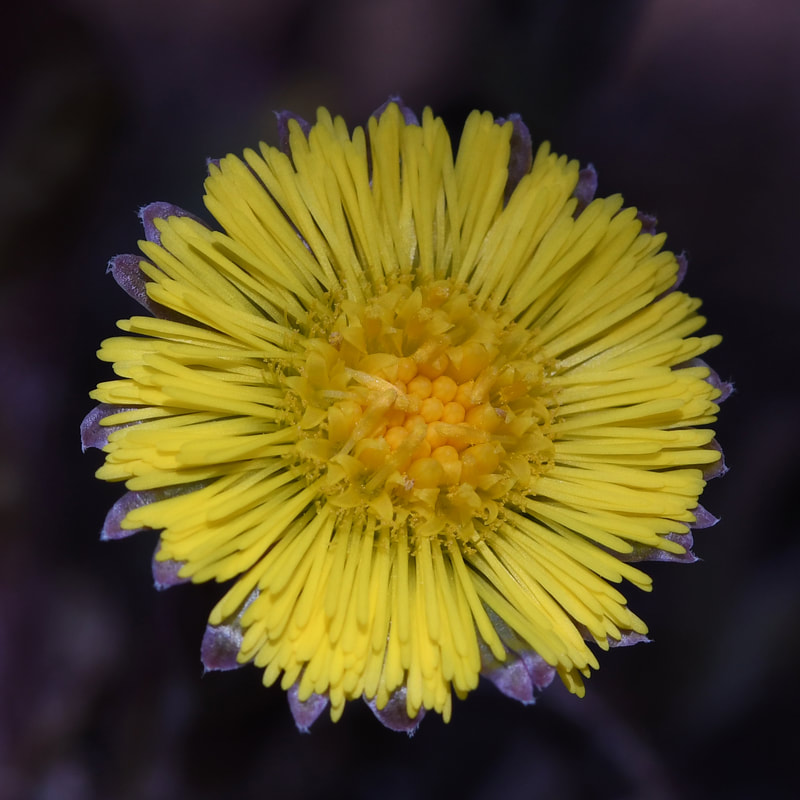
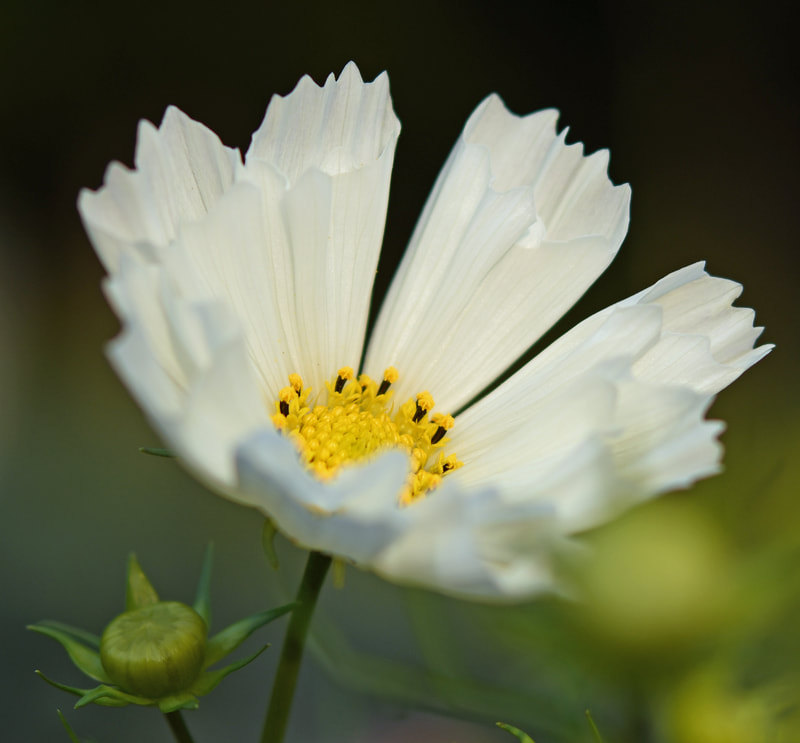
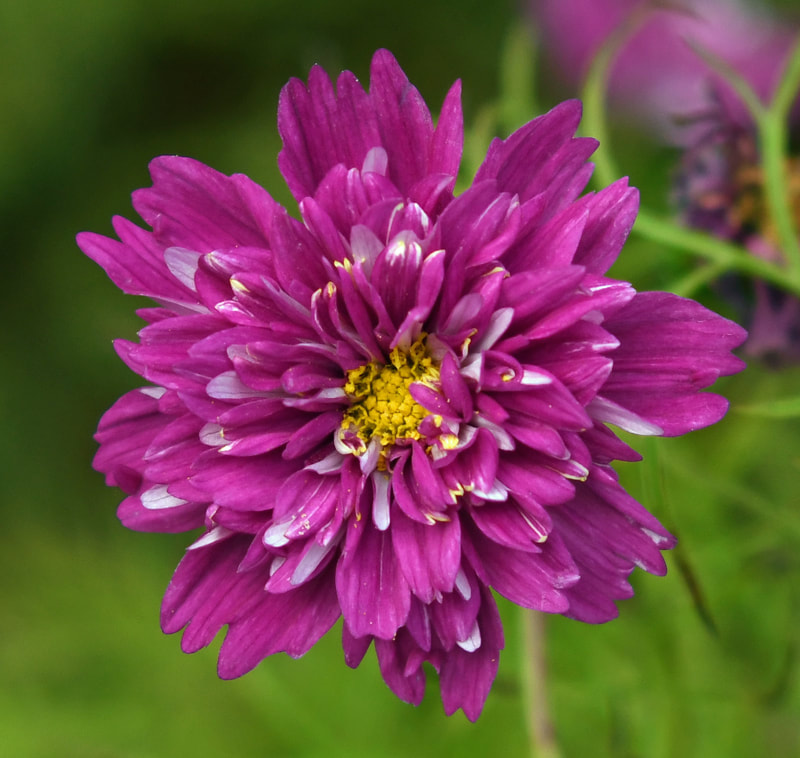
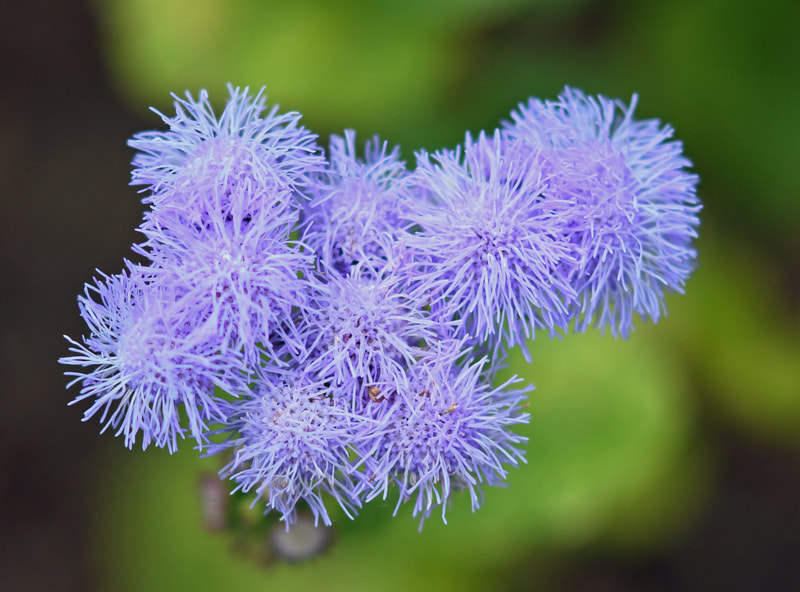
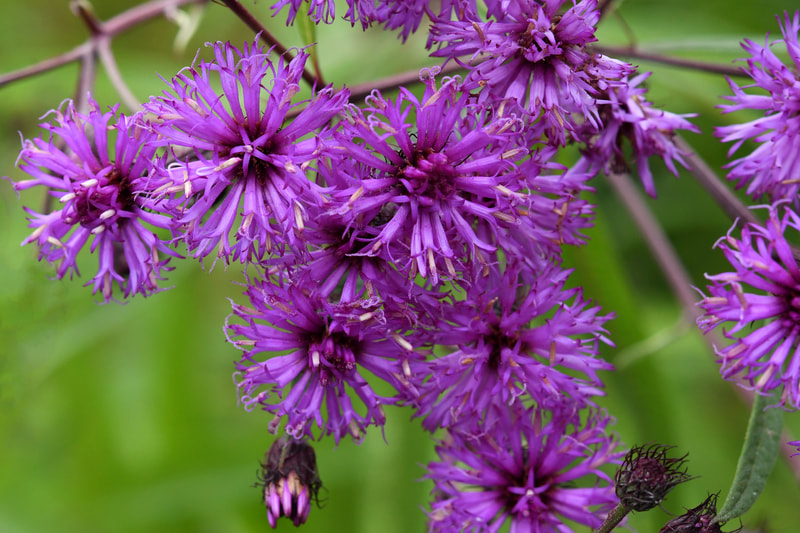
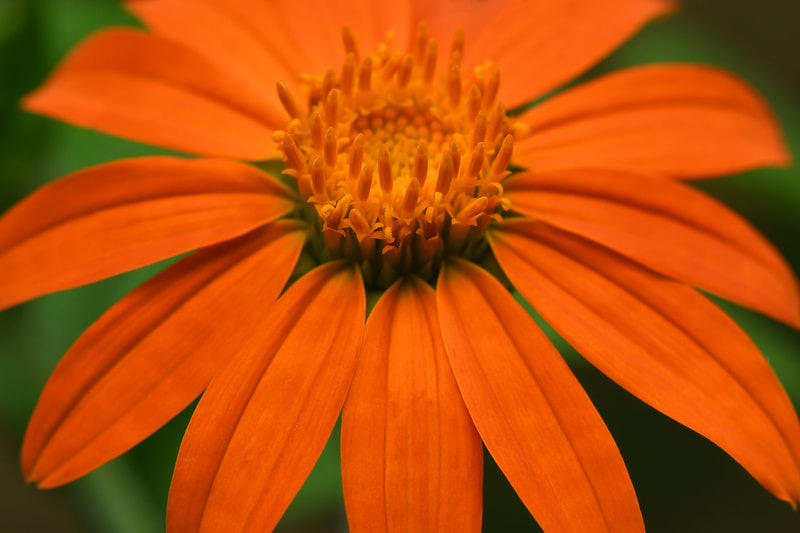
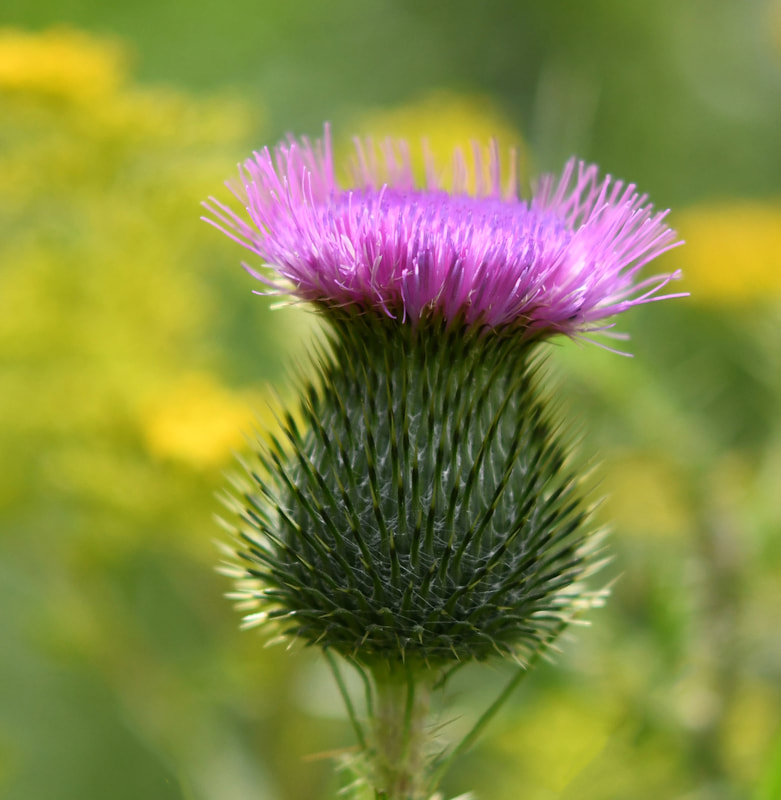
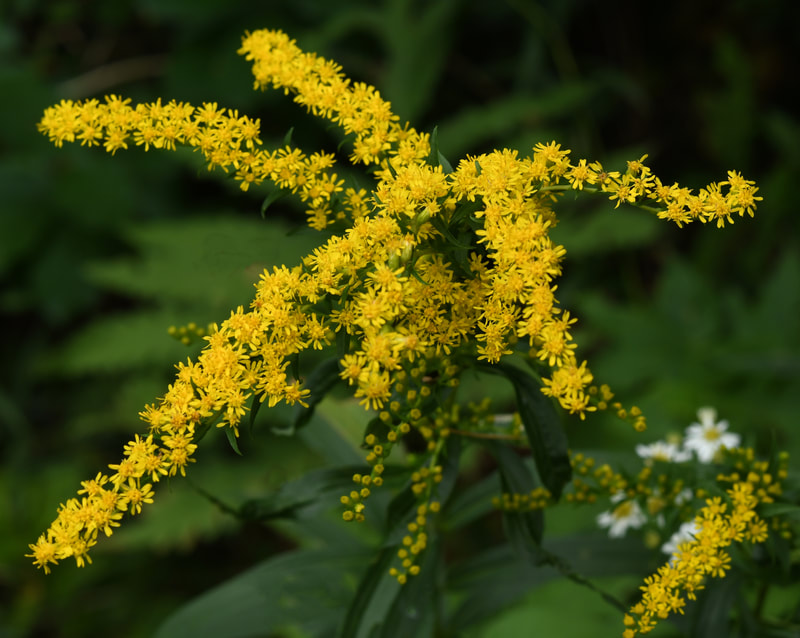
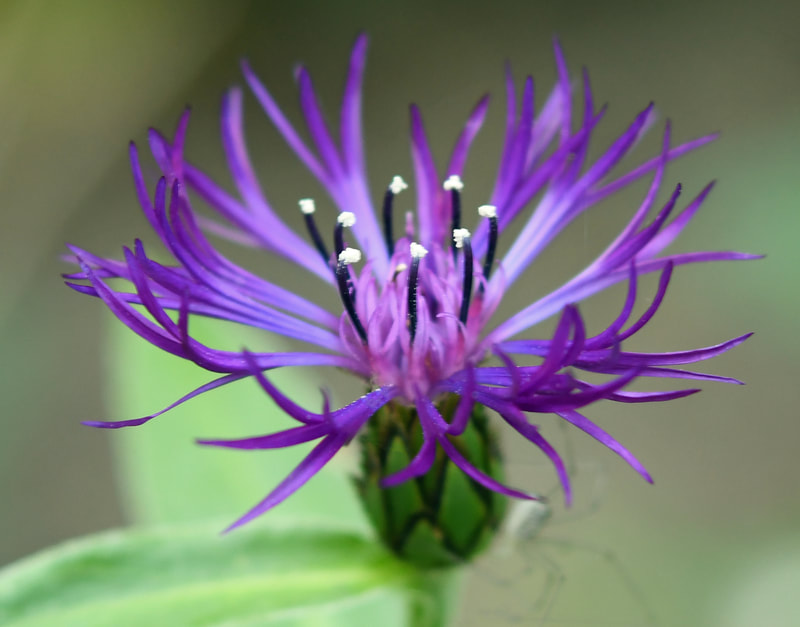
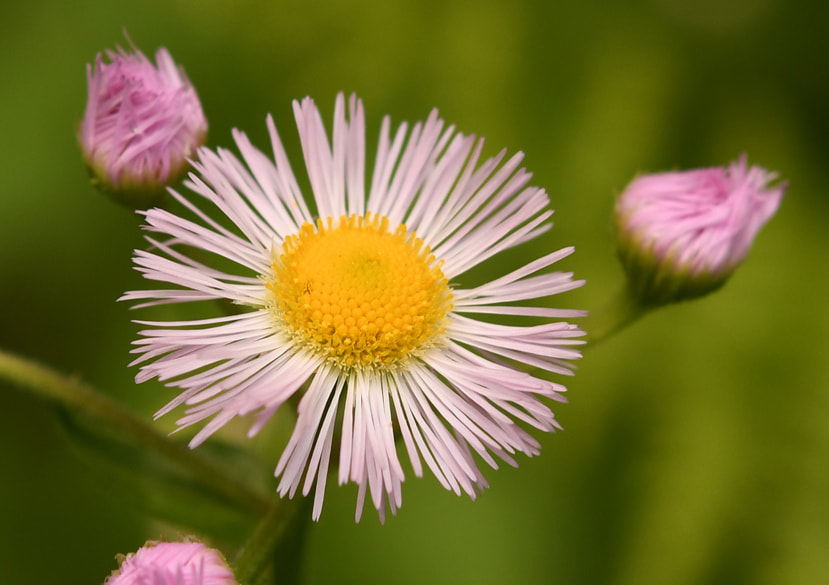
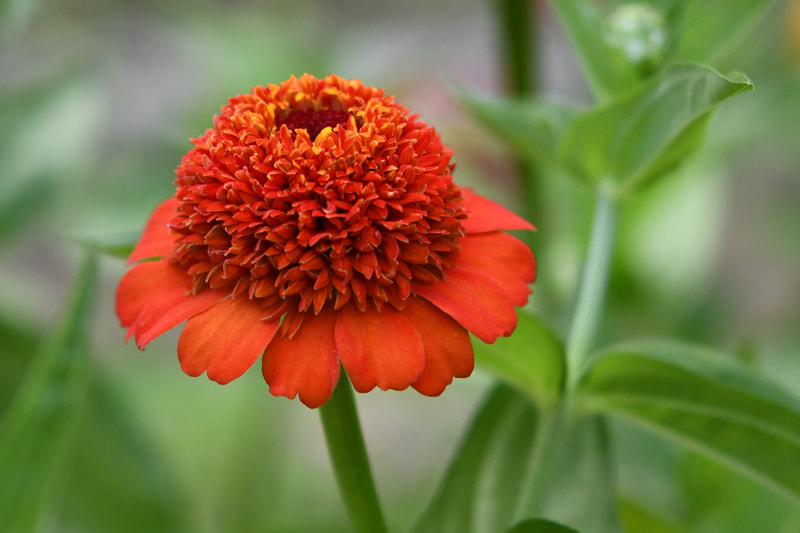
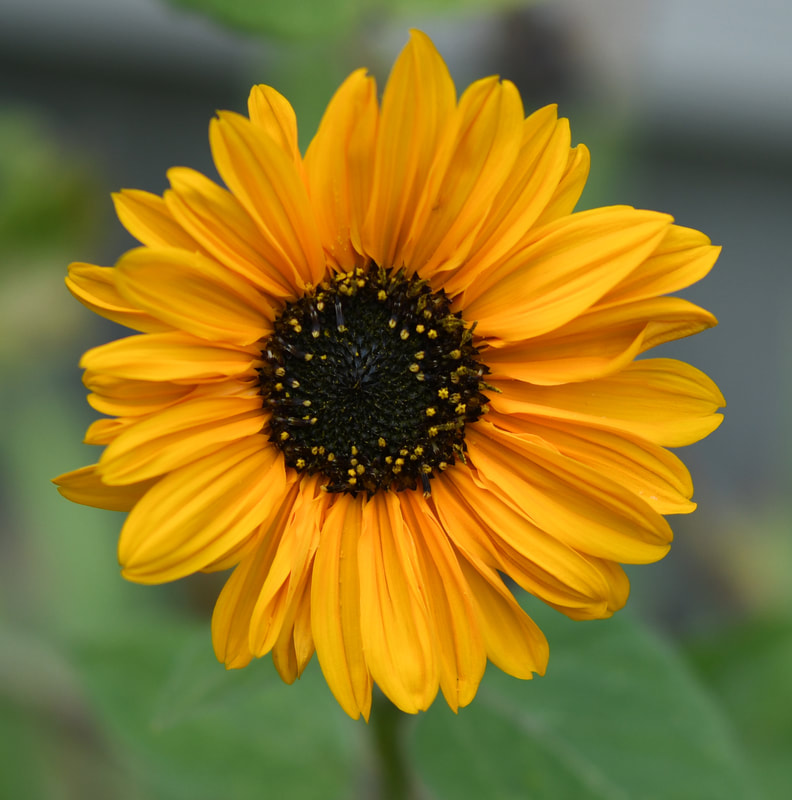
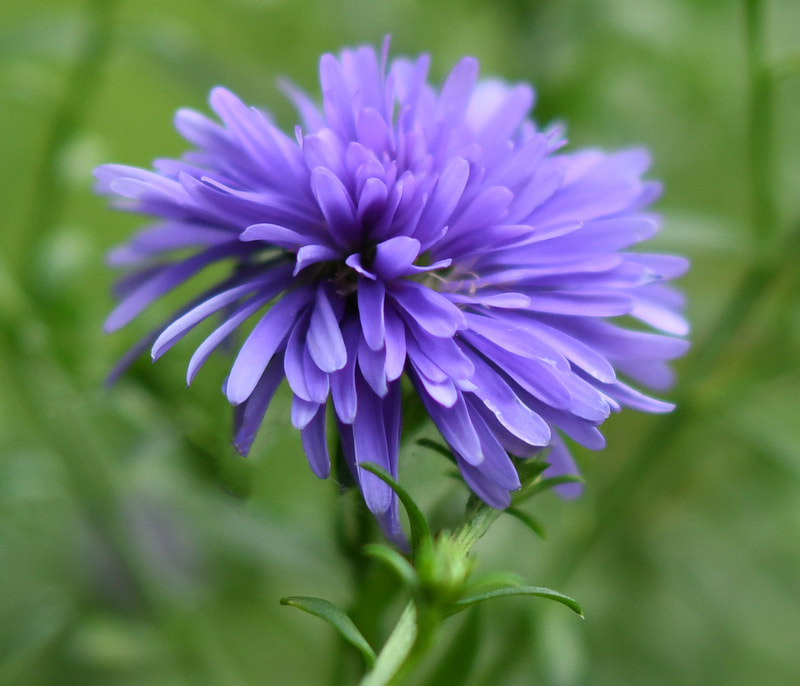
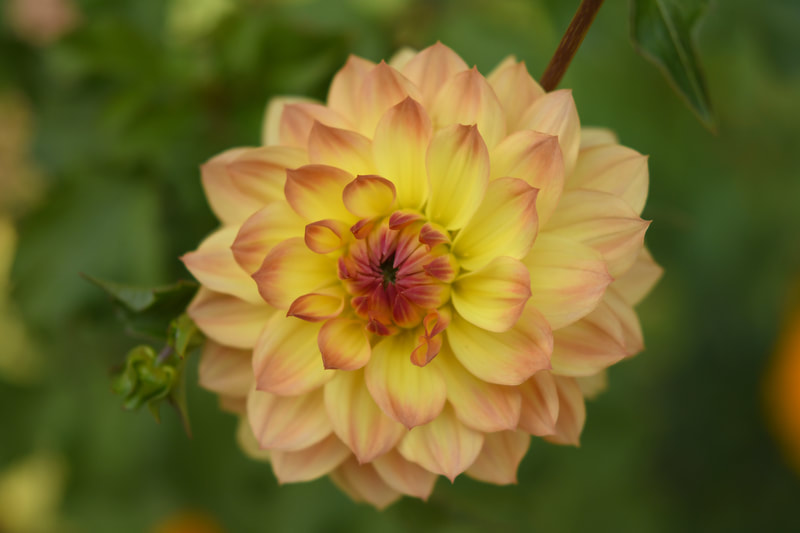

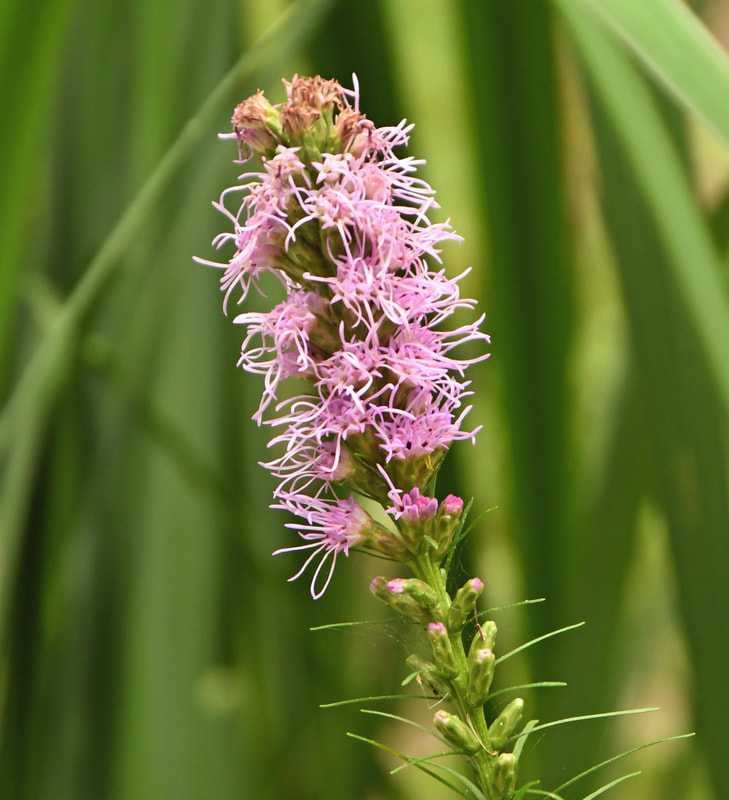
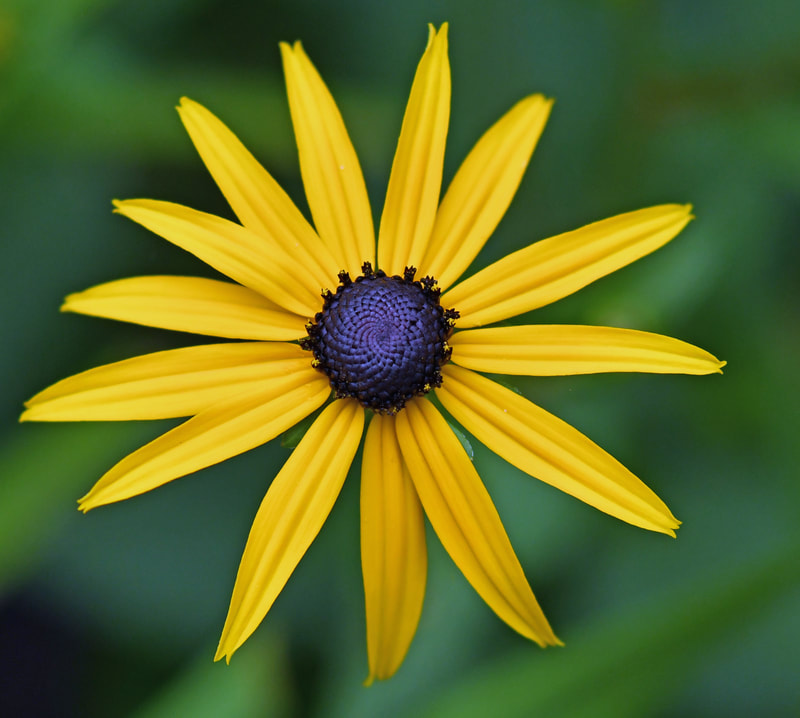
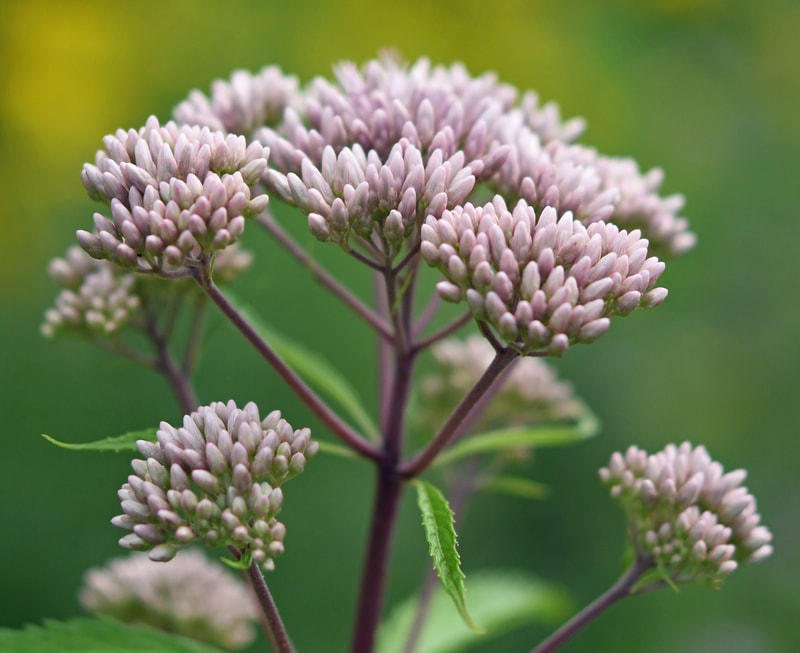
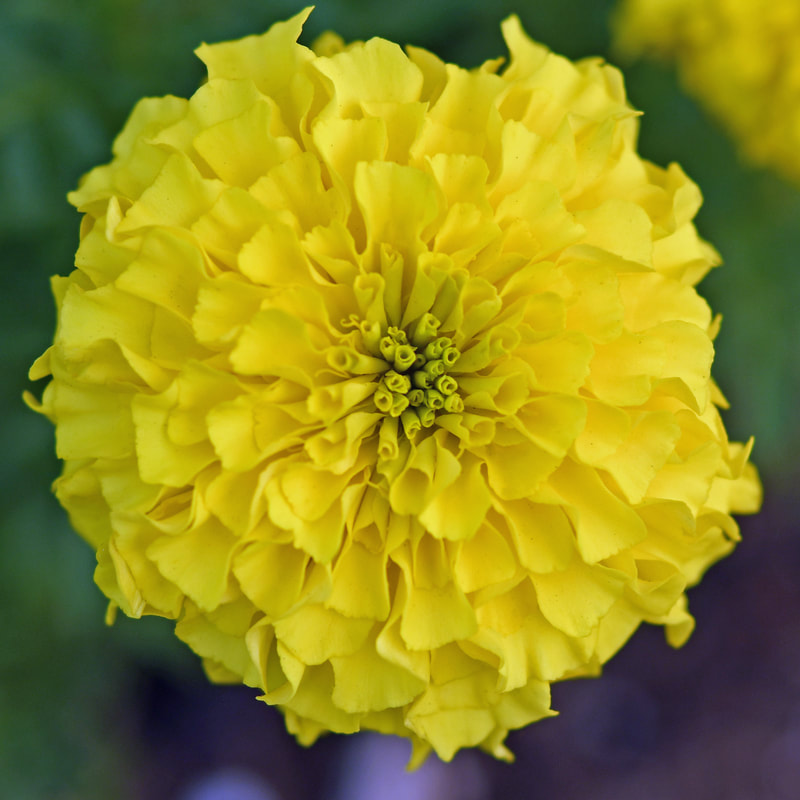
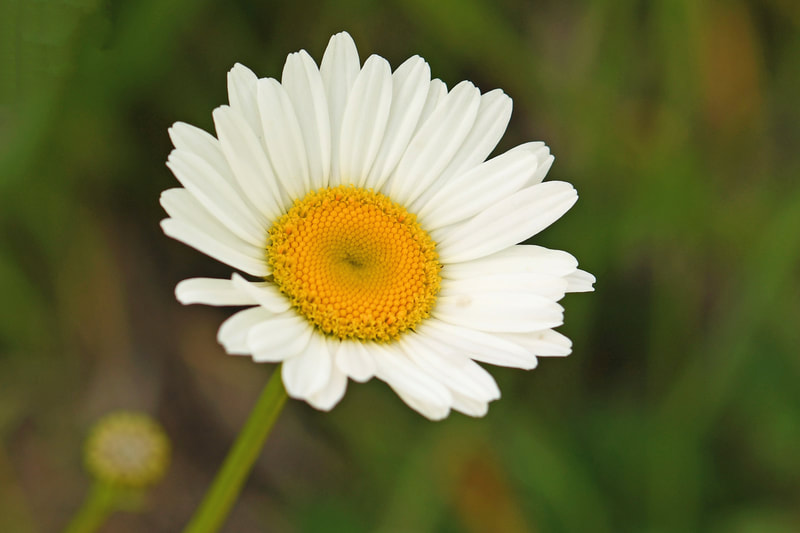
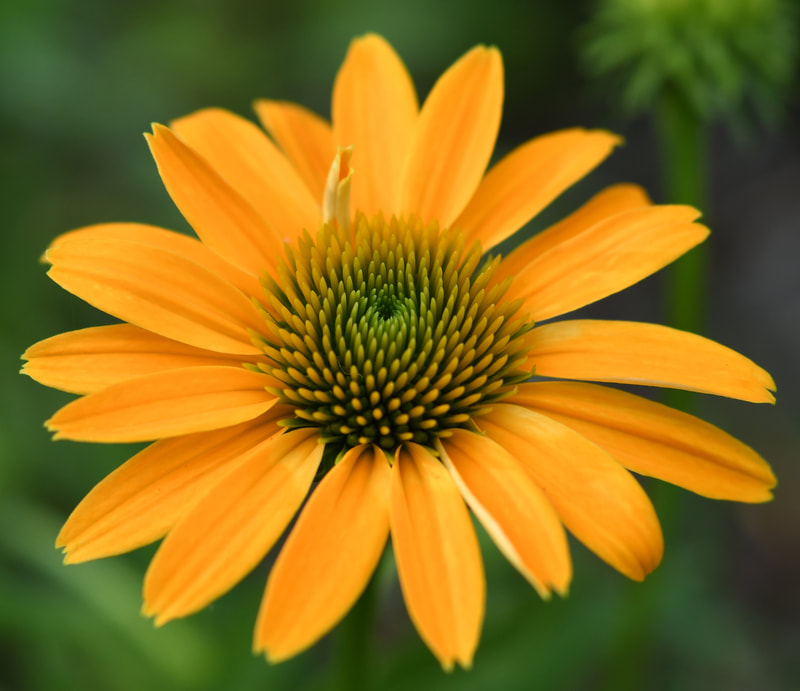
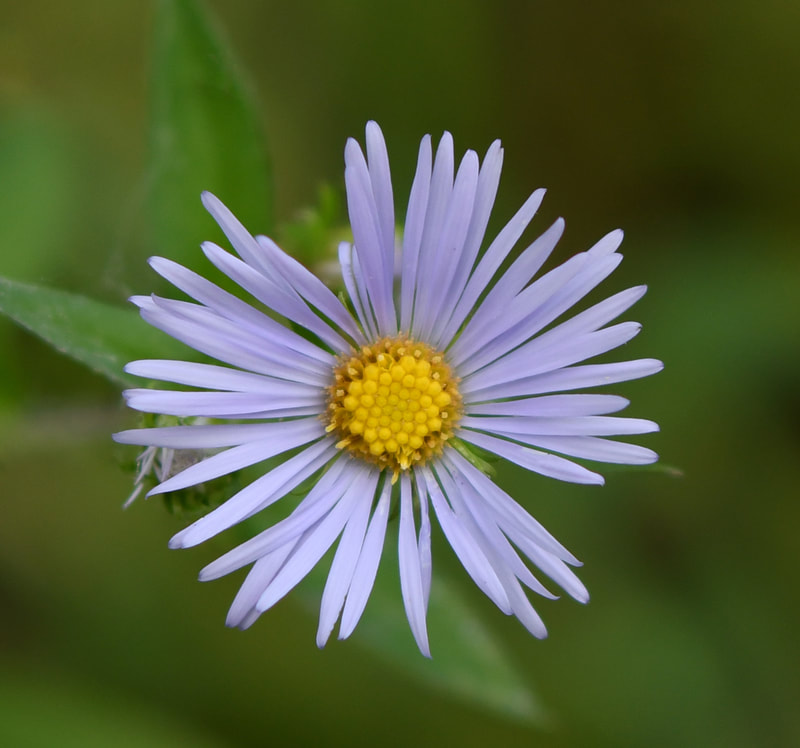
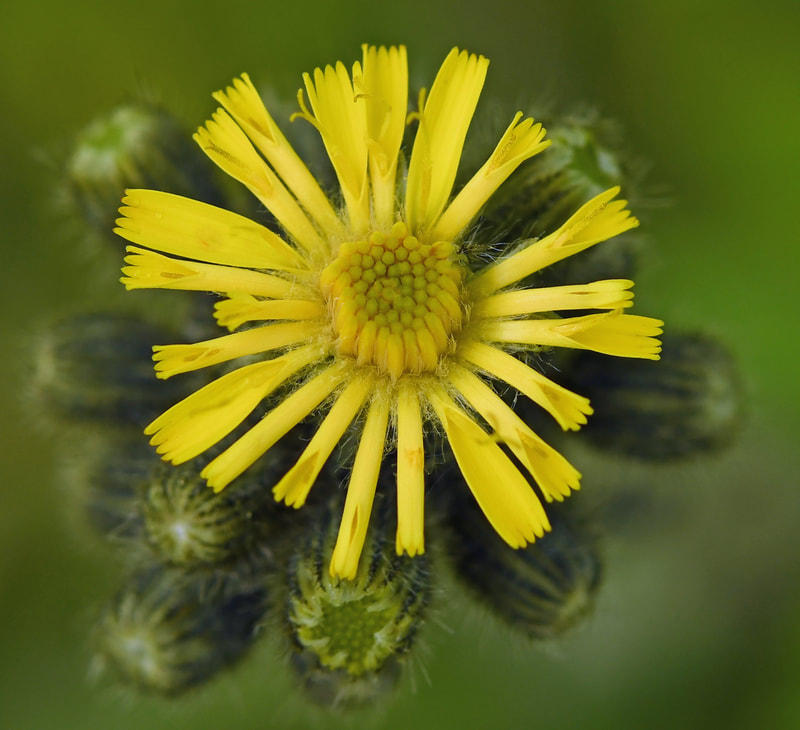
 RSS Feed
RSS Feed